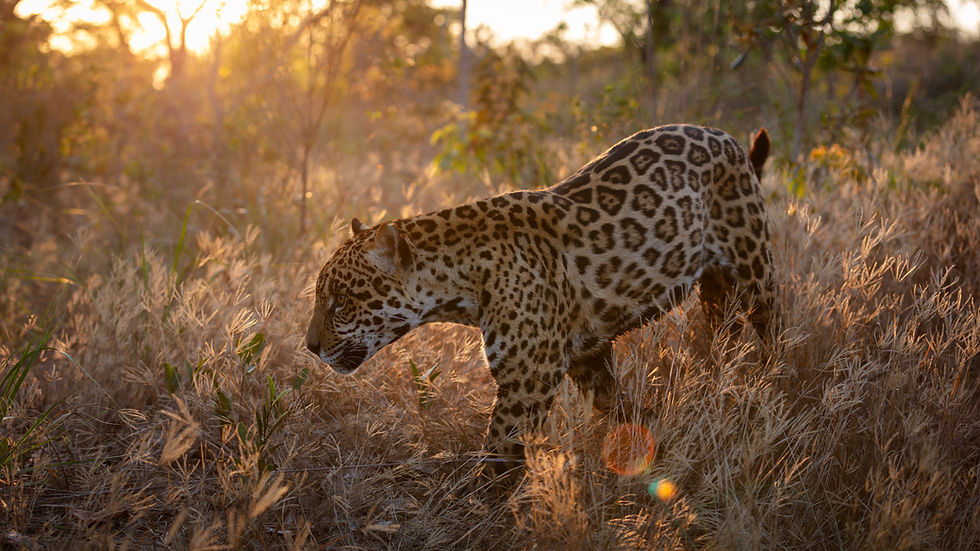Leaving Canon
- Patrick Meier

- Mar 7, 2021
- 4 min read
After a nearly 25 years, my photographic journey using Canon camera equipment has come to an end. All but my camera trap systems have been replaced by (spoiler alert) Nikon equipment. - What brought this on?
I started using Canon cameras and lenses well before the general ascent of digital image technology. My journey continued with the rise of digital cameras. I first used the smaller 30D, 40D and 5D bodies, and eventually invested in what would remain one of my favourites of all times: the Canon EOS 1Ds Mk III. Along came lenses such as the first EF 70-200mm f/2.8 L IS, the EF 100-400mm f/4.5-5.6 L IS, the EF 500mm f/4 L IS, and several short L lenses, down to 14mm. Accessories like extenders, flash guns, remote releases, etc. would logically follow. The technical highlights of my last set of Canon equipment included the EOS 1-DX Mark II, the EOS 5DS R, an among other new lenses, an EF 600mm f/4 L IS Mark III.

The Canon dilemma: high resolution or great low-light capability
High resolution for large prints
My EOS 1-DX Mark II provided all the qualities a fast and robust field camera could offer. Its autofocus system and dynamic range were good in low light situations, and after having used 1-D bodies for over 13 years I could practically handle this camera blindfolded. The downside for my use was the resolution of 20,1 MP. Anything but a 100% frame would lead to problems for large prints. I tried to address this challenge using the EOS 5DS R. Offering a 50,6 MP image resolution, this camera was a great companion for my 1-D body for whenever the light situation permitted it. And therein was my major dilemma: still today, the EOS 5DS R produces the best image of any Canon DSLR camera, provided the light is right. Any situation requiring ISO settings of over 250 would result in a compromise of the image quality. If the available light would require an ISO setting over 400, I wouldn’t even bother to switch on the EOS 5DS R. In the field this meant that I constantly had to compromise between shutter speed, image quality, and resolution. There was always the risk of staying too long with the 5DS R and ending up with blurred photographs. I have lost some wonderful opportunities for outstanding photographs because of this.
Considering this level of commitment, when did things start to fall apart?

Canon is in the process of mastering the transfer from DSLR to mirrorless systems. I consider this to be an important technological development and have no doubt that sometime in the future, mirrorless, or even shutterless cameras will replace DSLR systems just as DSLR cameras replaced film-based SLR systems for all but niche-requirements.
However, my impression is that neither Canon nor Nikon conduct the shift to mirrorless systems following their own timing. Instead, it seems that market pressure brought on by Sony and Fuji are forcing these major players to catch up. Fuji still does not cater to wildlife photographers as it does not offer major telephoto lenses. Sony, however, has managed to capture market share from both Canon and Nikon. Today it amazes with a range of cameras applying its own, powerful image sensor technology, and with an impressive line-up of top-quality lenses for almost any situation.
What Sony does not offer, though, are cameras that handle well in rough conditions. Sony cameras certainly are fine to use in studios, in a sports stadium, or on the sheltered seats of a comfy safari vehicle. Carrying these cameras through rain and snow, and banging them against frozen ground and rocks, or muddy terrain, after a fall, will most certainly cause damage to the many delicate dials on camera bodies such as the recently presented α1. Furthermore, just as Canon did with the EOS R5, Sony has invested considerable resources to develop a relatively small camera body that can record 8K / 30P video.
Sorry guys, I don’t know how to make this any clearer: this feature is irrelevant for most photographers. Many of us just want a photo camera that does one job perfectly. A tough body, with a high-resolution sensor and a fantastic autofocus system, offering high dynamic range producing mind blowing photographs in low-light conditions. Preferably powered by batteries that will do well in extremely low temperatures and won’t require daily charging.
If I would ever dive into the world of cinematography, I would shop here: www.red.com
The most suitable camera today
In July 2017, Nikon presented the Nikon D850.

Back then the technical capabilities were truly exceptional. Today still, the D850 is a robust, outdoorsy camera with outstandingly clever accessories. (Canon and Sony: just have a look at the battery grip and energy management. Something to learn here!) This camera offers a 45.7MP sensor, a quick and reliable autofocus system, great dynamic range, sufficient speed, and impressive low-light capabilities. Today still, there is no all-round DSLR camera that better matches my requirements.
The big decision to sell almost all my Canon gear (there are still 9 Canon EOS 5DS R camera trap sets) was taken some time in 2020, when Canon released the EOS 5R, packed with features that are irrelevant to me. I really disliked having to let go of my last major Canon investment: the EF 600mm f/4 L IS USM version 3. In my opinion, this had been the best lens Canon has ever made. Nevertheless, it was replaced by big and much heavier black lenses.
As of 2021, I carry Nikon D850 bodies and lenses ranging from 12mm to 800mm.





Comments